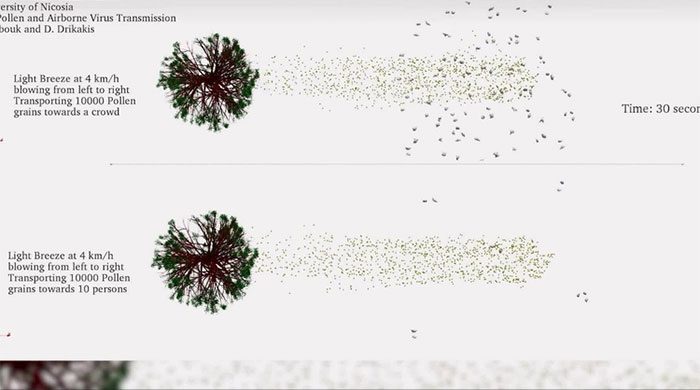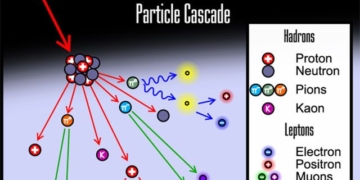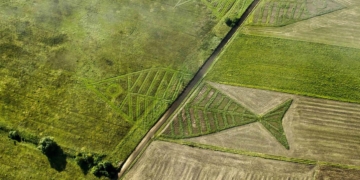The nCoV virus particles can attach to the surfaces of small pollen grains and be carried away by the wind, increasing the risk of transmission.
Pollen can help nCoV virus particles in the air spread farther and faster, making the 2-meter social distancing rule less effective even outdoors, Independent reported on June 22. The new study published in the journal Physics of Fluids was conducted by experts Talib Dbouk and Dimitris Drikakis at the University of Nicosia (Cyprus).

During peak periods, trees can release 1,500 pollen grains per m3 of air in a day.
Virus particles suspended in the air after an infected person coughs or sneezes can attach to pollen and be dispersed by the wind. When someone inhales pollen grains coated with the virus, the risk of airborne transmission occurs, especially in crowded places. Each pollen grain can carry hundreds of virus particles. During peak seasons, trees can release 1,500 pollen grains per m3 of air in a day.
The research team used computer modeling to simulate how pollen moves from a willow tree. According to simulations for a typical spring day, virus-laden pollen can be blown 50 meters away, passing through a simulated crowd of 100 people in less than a minute. However, experts warn that pollen can be blown much farther and encourage people to avoid gathering near actively pollinating trees.
Pollen grains have rough, porous surfaces and are larger than nCoV virus particles, Drikakis noted. “In a crowd of infected individuals, virus particles expelled can attach to the surfaces of pollen grains. Pollen becomes another carrier of the virus in the air, in addition to saliva droplets,” he said.
“Pollen grains are very small and can easily be carried far by the wind, potentially traveling tens of kilometers from the original source. They travel farther than saliva droplets. They do not evaporate completely, unlike liquid saliva droplets. Therefore, pollen can spread the virus in the air at a faster rate than saliva droplets,” Drikakis explained.
According to the research team, the impact of pollen on the spread of Covid-19 indicates that the 2-meter distancing rule implemented in many countries is still insufficient. They suggest that new guidelines should be established based on local pollen levels to mitigate the risk of transmission.
Simulation of wind at 4 km/h blowing 10,000 pollen grains towards 10 people (below) and towards a crowd (above). (Video: University of Nicosia).



















































